Installing Walls And Solar
The walls and solar installation were a bit of a joint effort because how we were going to run wiring. This was determined by what we were doing with the walls and vice versa. We definitely took two steps forward and one back throughout this process, which wasn’t helped by the Arizona heat.
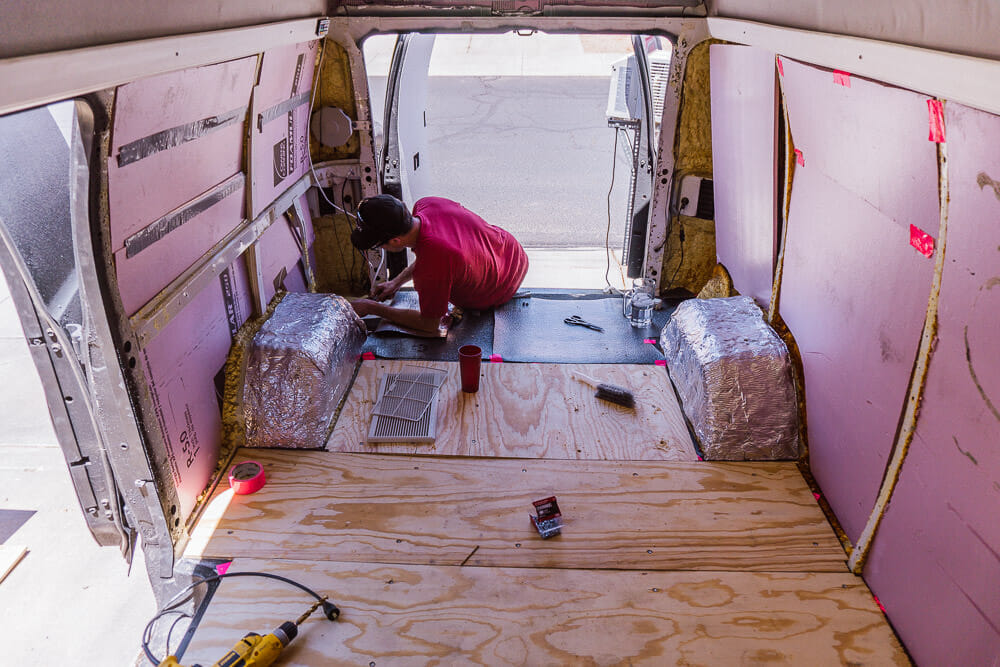
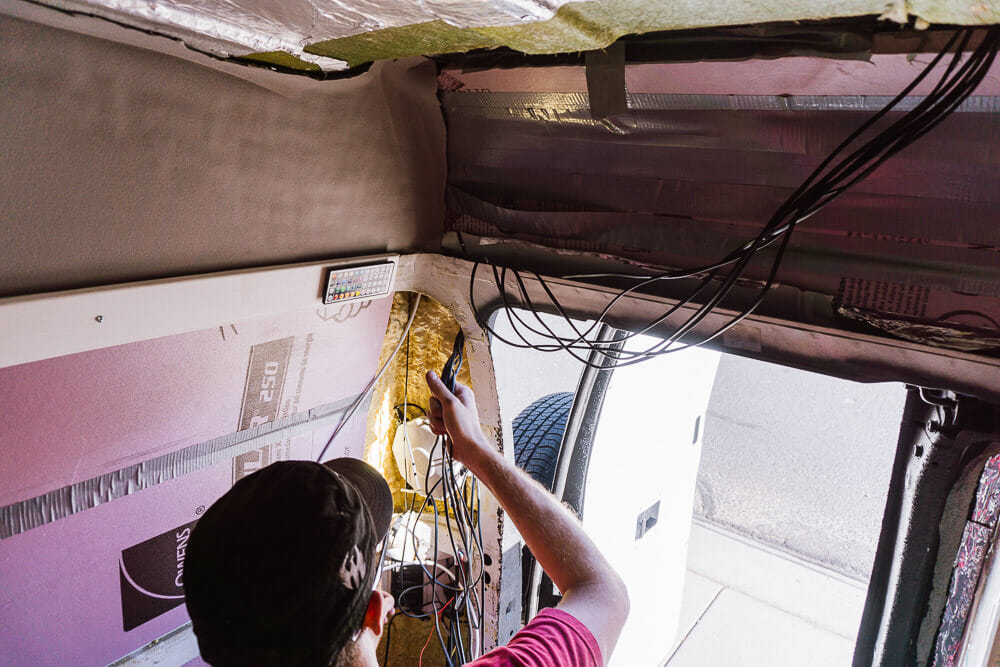
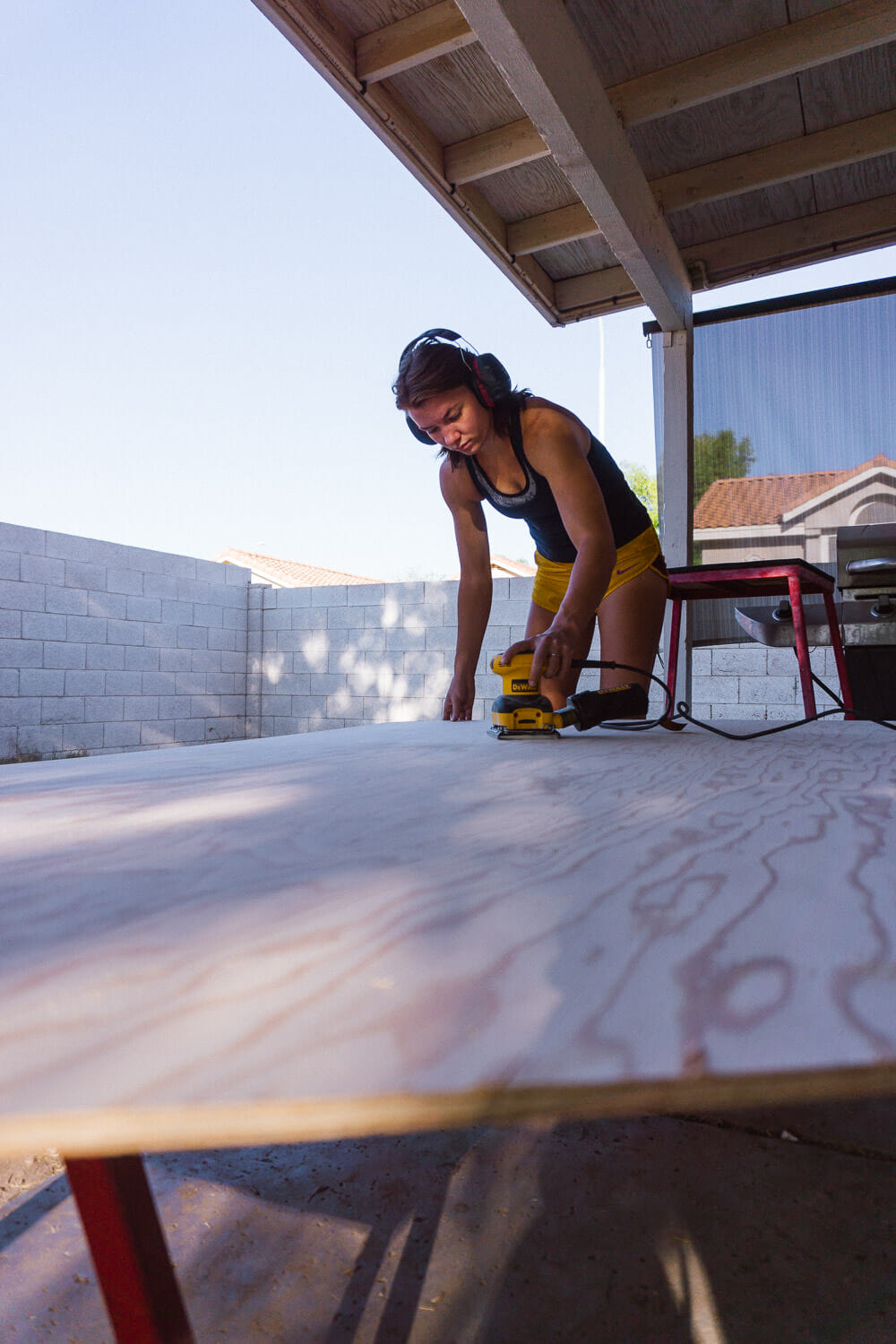
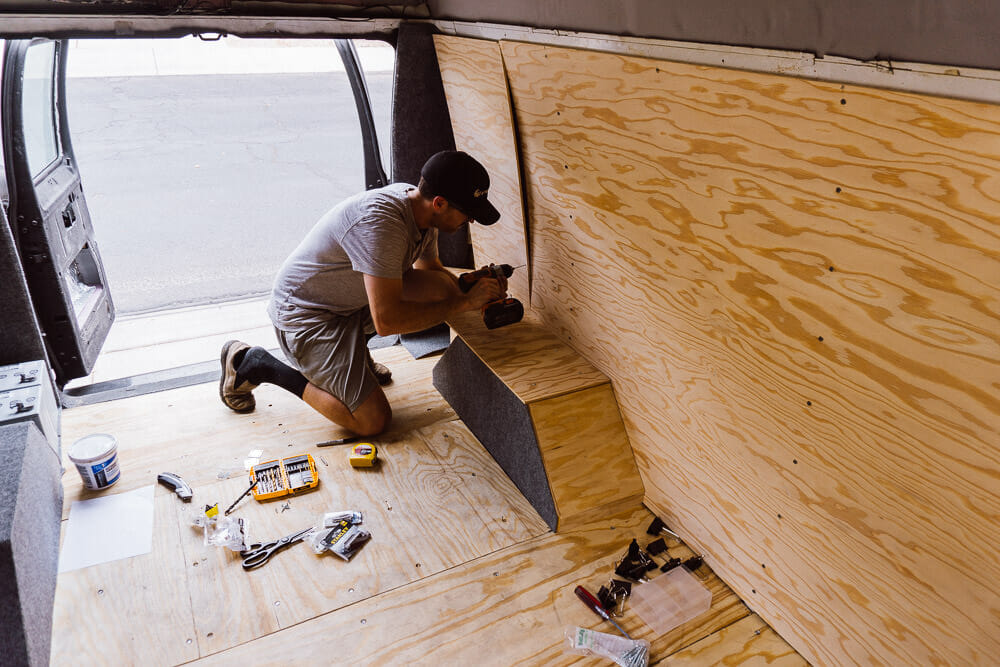
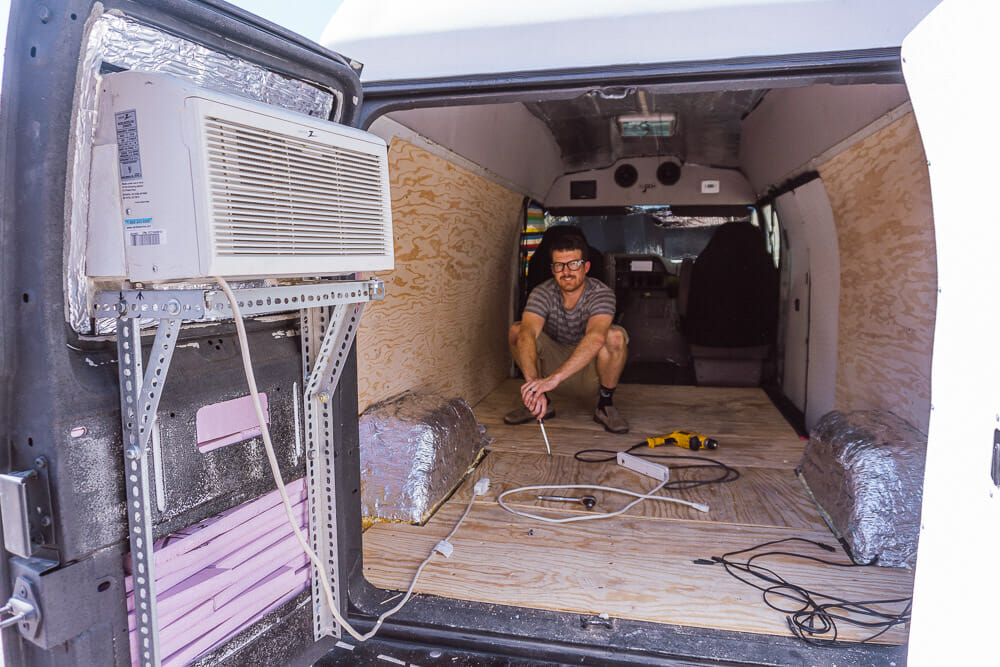
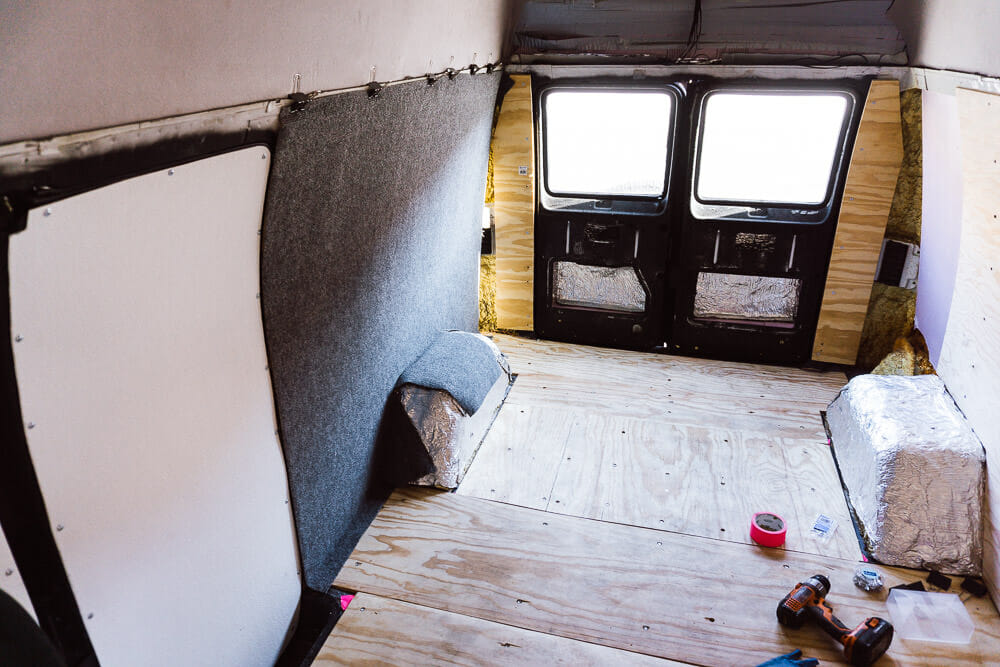
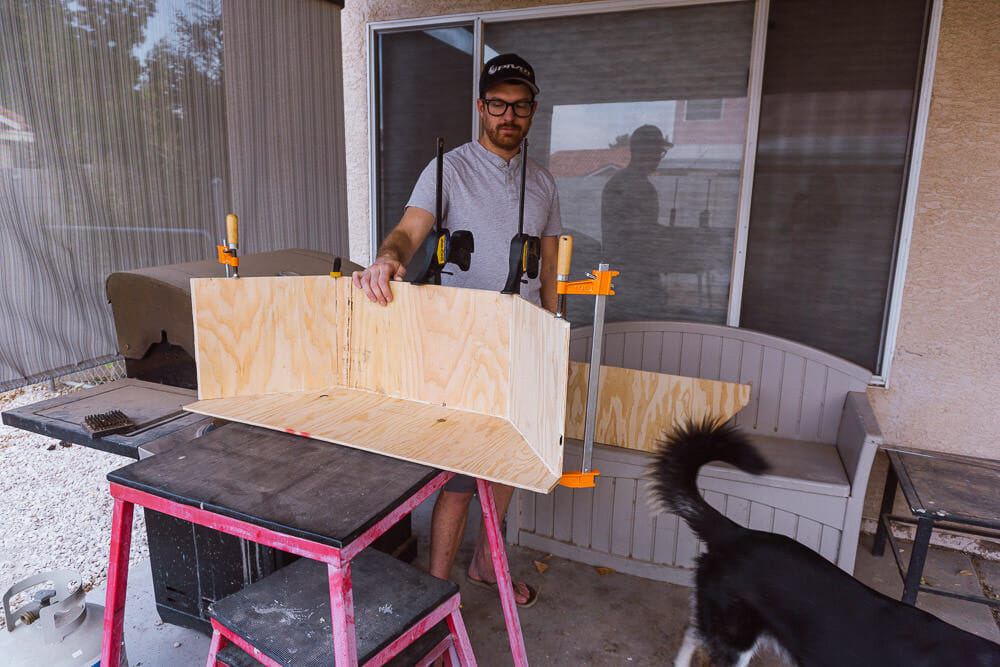
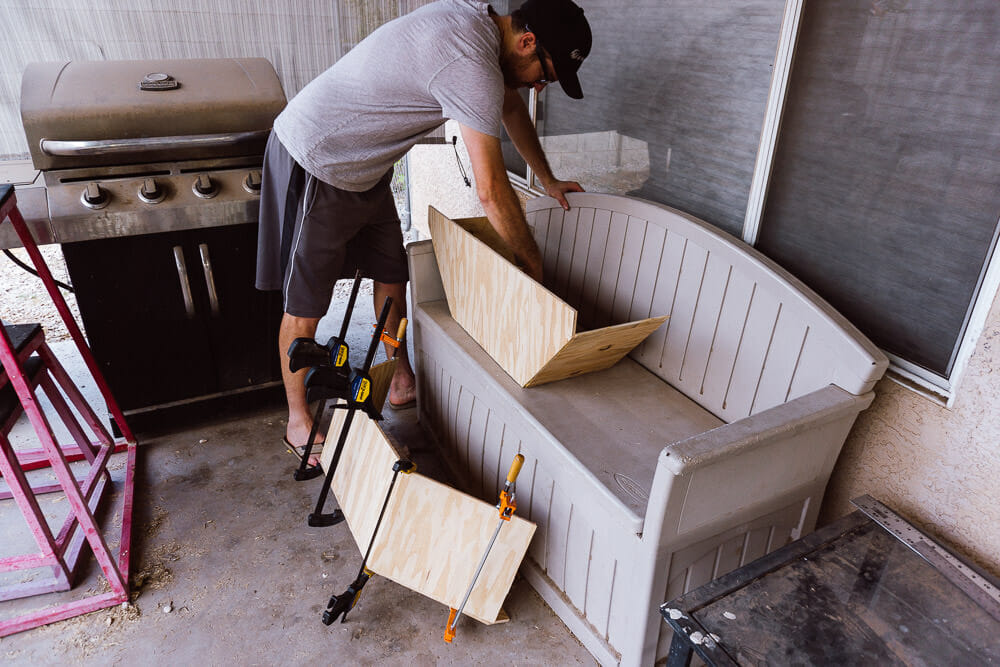
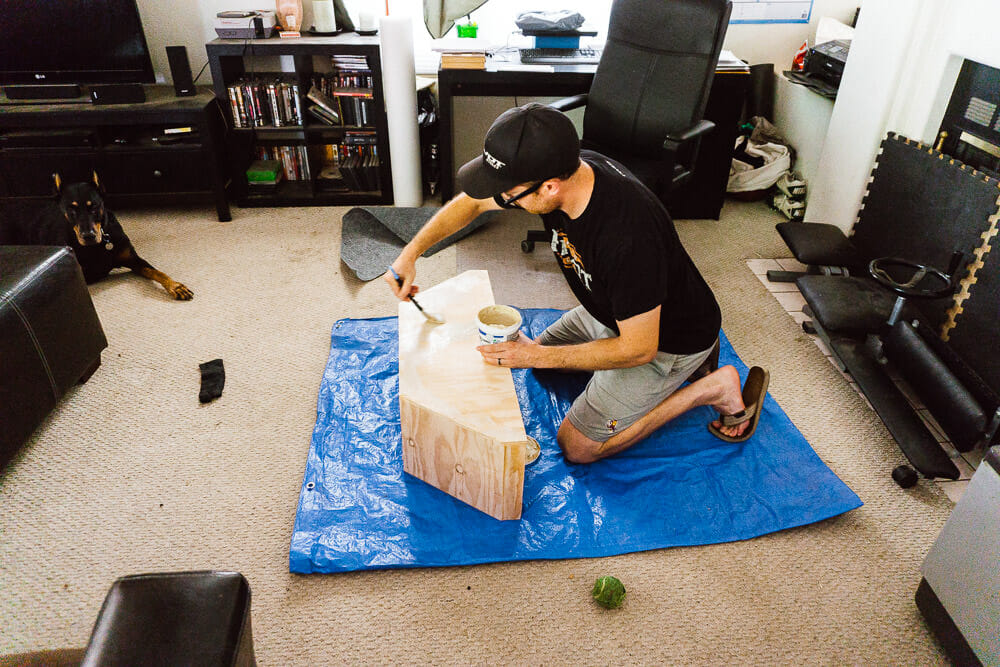
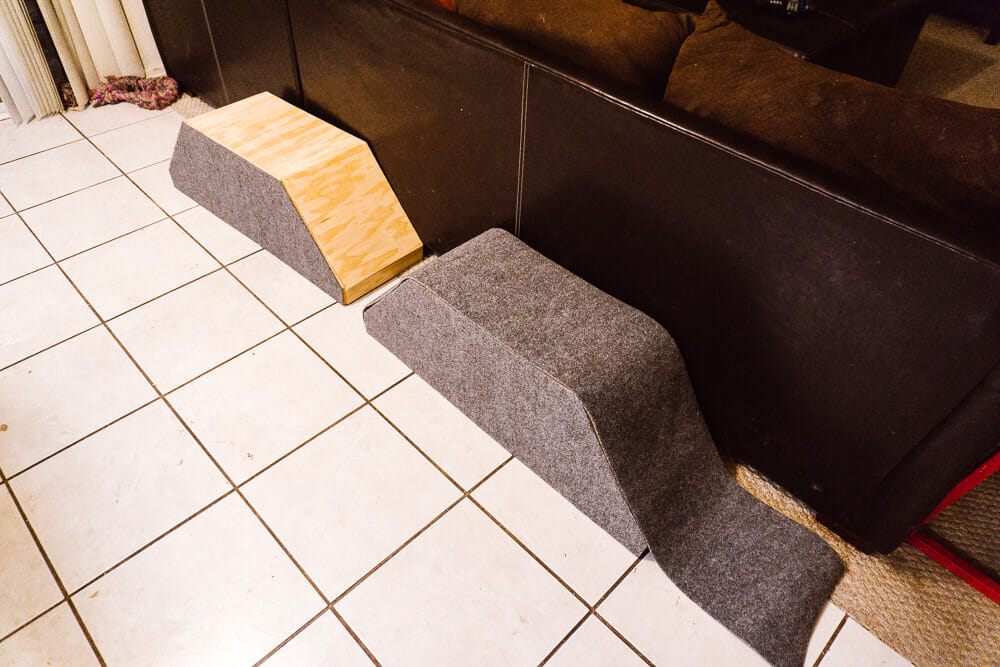
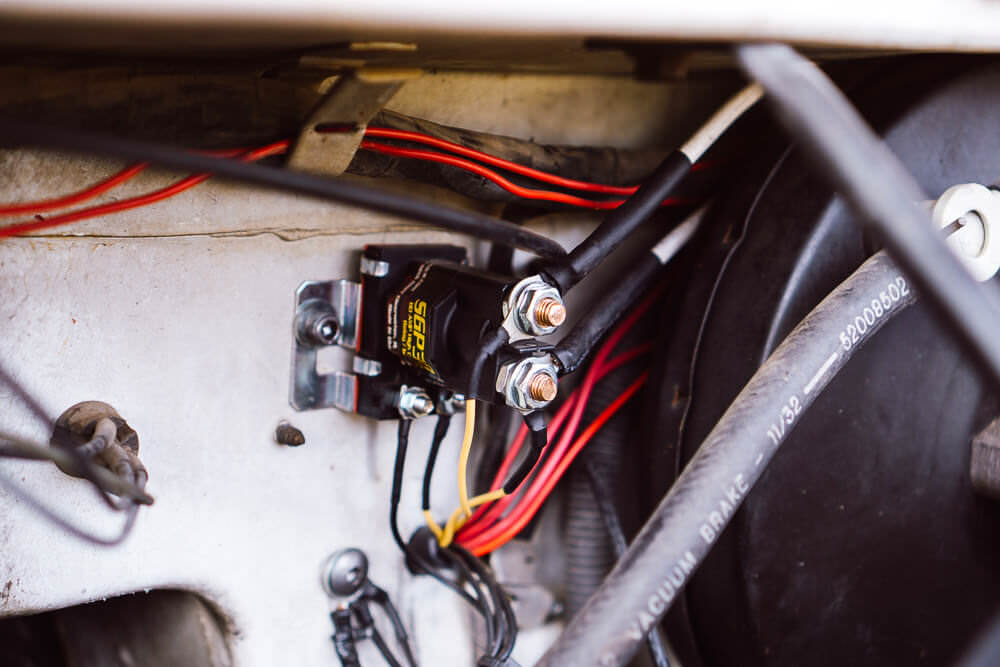

The images do not show up. Please fix thanks!